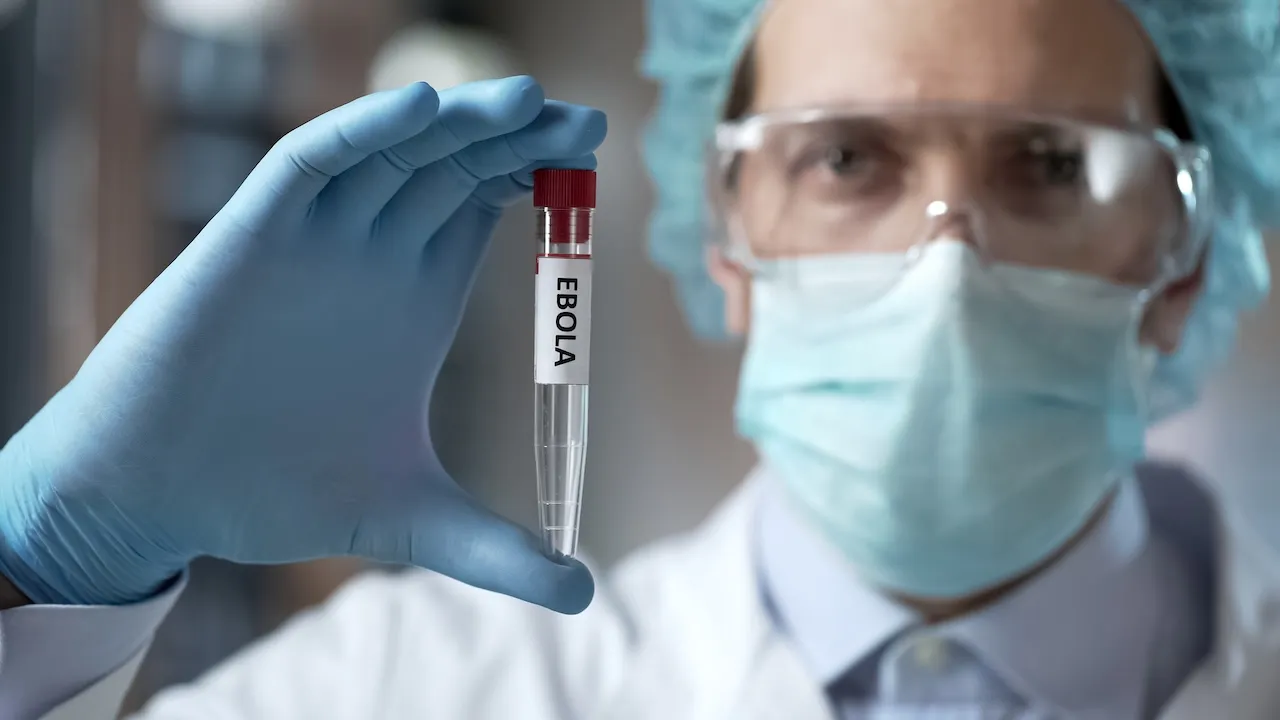Summary: Eye-tracking biomarkers can improve autism diagnosis in children. Combining eye-tracking with primary care evaluations increased diagnostic accuracy to 91% sensitivity and 87% specificity.
This approach could reduce the long wait times for autism evaluations, enabling timely interventions. The research marks a significant step toward faster, more accurate autism diagnosis.
Key Facts:
- Eye-tracking biomarkers combined with primary care evaluations improve autism diagnosis accuracy.
- This method achieved 91% sensitivity and 87% specificity in diagnosing autism.
- The study addresses long wait times for autism evaluations, promoting timely interventions.
Source: Indiana University
Nearly 3% of all children in the United States are diagnosed with autism, according to the Centers for Disease Control and Prevention. But a collaborative team of researchers at Indiana University and Purdue University are finding ways to make the right diagnosis sooner.
“The number of children needing autism evaluations exceeds the capacity of specialists trained to provide this service,” said Rebecca McNally Keehn, PhD, assistant professor of pediatrics at the IU School of Medicine.
Children and their families are currently waiting a year or more to access evaluations. This is a problem because children miss opportunities for interventions at the optimal time of impact.”

McNally Keehn is the senior author of a paper recently published in JAMA Network Open that describes the research team’s study of autism diagnosis using eye tracking biomarkers at primary care clinics across Indiana.
The team traveled to practices participating in the Indiana Early Autism Evaluation Hub system and conducted a blind research-grade evaluation of 146 children aged 14-48 months.
“Diagnostic biomarkers are characteristics that provide discrete and objective indication of diagnosis. Eye-tracking biomarkers that measure social and nonsocial attention and brain function have been shown to differentiate young children diagnosed with autism from those with other neurodevelopmental disabilities,” McNally Keehn said.
“However, despite enormous investment in eye-tracking biomarker discovery, there has been a gap in the translation of eye-tracking biomarkers into clinical benefit.
To do the eye tracking, children in the study sat in a highchair or caregiver’s lap and watched videos on a computer screen, while the researchers recorded their eye movements and pupil size.
When primary care clinician diagnosis and diagnostic certainty was combined with eye-tracking biomarker metrics, the sensitivity of the model was 91% and the specificity was 87%, meaning that they made a more accurate autism diagnosis.
McNally Keehn said studies like these can help address delays in access to autism evaluations by better equipping primary care clinicians with a multi-method, diagnostic approach.
“This is a public health issue, and our approach has the potential to substantially improve access to timely, accurate diagnosis in local communities,” McNally Keehn said.
The team’s next step is to conduct a large-scale replication and validation study of their diagnostic model using artificial intelligence. Then, they hope to conduct a clinical trial studying the effectiveness of the diagnostic model in real-time primary care evaluations.
Other study authors include Patrick Monahan, Brett Enneking, Tybytha Ryan, and Nancy Swigonski of IU and Brandon Keehn of Purdue.
About this autism and eye tracking research news
Author: Christina Griffiths
Source: Indiana University
Contact: Christina Griffiths – Indiana University
Image: The image is credited to Neuroscience News
Original Research: Open access.
“Eye-Tracking Biomarkers and Autism Diagnosis in Primary Care” by Rebecca McNally Keehn et al. JAMA Network Open
Abstract
Eye-Tracking Biomarkers and Autism Diagnosis in Primary Care
Importance
Finding effective and scalable solutions to address diagnostic delays and disparities in autism is a public health imperative. Approaches that integrate eye-tracking biomarkers into tiered community-based models of autism evaluation hold promise for addressing this problem.
Objective
To determine whether a battery of eye-tracking biomarkers can reliably differentiate young children with and without autism in a community-referred sample collected during clinical evaluation in the primary care setting and to evaluate whether combining eye-tracking biomarkers with primary care practitioner (PCP) diagnosis and diagnostic certainty is associated with diagnostic outcome.
Design, Setting, and Participants
Early Autism Evaluation (EAE) Hub system PCPs referred a consecutive sample of children to this prospective diagnostic study for blinded eye-tracking index test and follow-up expert evaluation from June 7, 2019, to September 23, 2022. Participants included 146 children (aged 14-48 months) consecutively referred by 7 EAE Hubs. Of 154 children enrolled, 146 provided usable data for at least 1 eye-tracking measure.
Main Outcomes and Measures
The primary outcomes were sensitivity and specificity of a composite eye-tracking (ie, index) test, which was a consolidated measure based on significant eye-tracking indices, compared with reference standard expert clinical autism diagnosis. Secondary outcome measures were sensitivity and specificity of an integrated approach using an index test and PCP diagnosis and certainty.
Results
Among 146 children (mean [SD] age, 2.6 [0.6] years; 104 [71%] male; 21 [14%] Hispanic or Latine and 96 [66%] non-Latine White; 102 [70%] with a reference standard autism diagnosis), 113 (77%) had concordant autism outcomes between the index (composite biomarker) and reference outcomes, with 77.5% sensitivity (95% CI, 68.4%-84.5%) and 77.3% specificity (95% CI, 63.0%-87.2%).
When index diagnosis was based on the combination of a composite biomarker, PCP diagnosis, and diagnostic certainty, outcomes were concordant with reference standard for 114 of 127 cases (90%) with a sensitivity of 90.7% (95% CI, 83.3%-95.0%) and a specificity of 86.7% (95% CI, 70.3%-94.7%).
Conclusions and Relevance
In this prospective diagnostic study, a composite eye-tracking biomarker was associated with a best-estimate clinical diagnosis of autism, and an integrated diagnostic model including PCP diagnosis and diagnostic certainty demonstrated improved sensitivity and specificity. These findings suggest that equipping PCPs with a multimethod diagnostic approach has the potential to substantially improve access to timely, accurate diagnosis in local communities.





















Discussion about this post